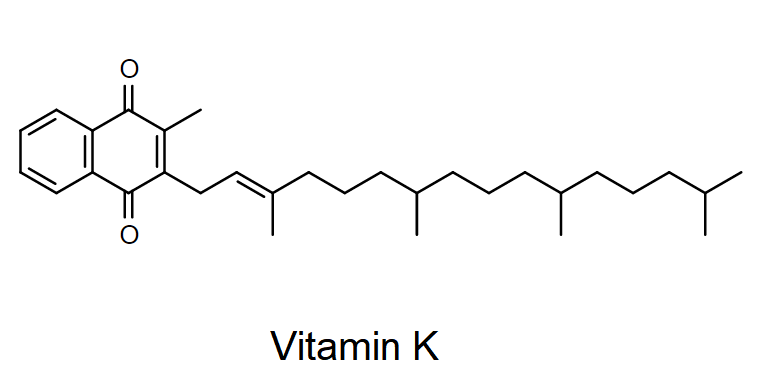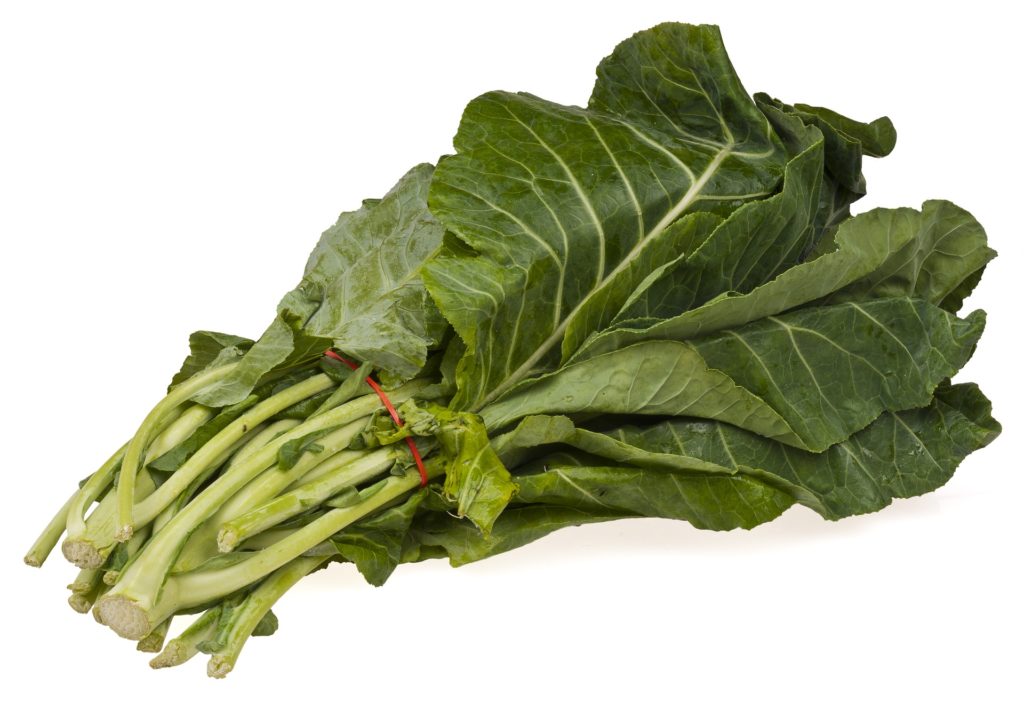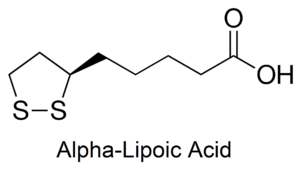Vitamin K

When people think of vitamin K, they usually associate it with blood clotting and the medication warfarin. Warfarin is a common blood thinner (anticoagulant) that works by blocking vitamin K activity. For patients on warfarin, consuming more vitamin K can be problematic since it can make warfarin less effective.
While vitamin K does play a vital role in blood clotting, it also has other functions. Some of the latest research is starting to suggest that vitamin K may play a larger role in our health then was previously realized.
The Biochemistry of Vitamin K
Vitamin K facilitates specific types of “carboxylation” reactions. In other words, vitamin K helps to add carbon dioxide molecules to certain proteins, activating or changing their function. Proteins affected by vitamin K have a role in blood clotting, bone mineralization, protecting from blood vessel calcification (atherosclerosis), calcium balance and cell renewal and growth (Göber 2015).
And while somewhat counterintuitive, excess vitamin K does not cause blood clots (Vermeer 2012). In healthy individuals, high vitamin K levels do not increase clotting risks. Vitamin K is only necessary for the normal functioning of clotting proteins, it doesn’t increase their function in excess.
Forms of Vitamin K
The different forms of vitamin K can get a bit confusing. There are two main forms of vitamin K: vitamin K1 and vitamin K2. Vitamin K2 is further subdivided into different types based on the number of repeating “isoprenyl” units in the molecule. Menaquinone-4 (MK-4, also called menatetrenone) is vitamin K2 with four isoprenyl units. Menaquinone-7 (MK-7) is vitamin K2 with seven isoprenyl units (Braasch-Turi 2020). Other forms can exist, but MK-4 and MK-7 are the best studied forms of vitamin K2 in human nutrition.
Of the forms, vitamin K1 (phylloquinone) comes primarily from plants. Leafy greens are a particularly rich source of the vitamin. Vitamin K1 seems mostly to affect the activation of the blood clotting cascade, having less activity on other vitamin K proteins. It can also act as a precursor for MK-4. Vitamin K2, especially MK-7, appears to have stronger effects on the other vitamin K-dependent processes throughout the body (DiNicolantonio 2015).
To summarize:
- Vitamin K1 (phylloquinone) found primarily in plants, works mostly on blood clotting proteins and is a precursor to MK-4
- Vitamin K2 (menaquinone) has two main forms
- Menaquinone-4 (MK-4) also called menatetrenone and comes from bacterial fermentation or from vitamin K1 as a precursor
- Menaquinone-7 (MK-7) comes from bacterial fermentation
Potential benefits of vitamin K include:
- Modestly improved bone mineralization and decreased fracture risk
- Reduced risk for atherosclerosis and heart disease
- Reduced inflammation
Vitamin K and Bone Health
Research on vitamin K for bone health is ongoing. A recent meta-analysis on all forms of vitamin K found somewhat positive results, although many of the studies suffered from potential bias (Mott 2019).
According to the results, vitamin K was found to reduce fracture risk by 28%. In addition, bone density in the spine improved over a two year period with vitamin K supplementation. However, the improvements in bone density were small and may not be clinically meaningful. Since the study included different forms of vitamin K—in some cases with radically different dosage levels—drawing firm conclusions is difficult.
A meta-analysis of just MK-4 found that supplementation improved bone mineral density in the lumbar spine by around 2% (Su 2019). While significant, improved real-world outcomes appear to need an improvement of at least 5.5% to achieve benefits (Nguyen 2000). Not surprisingly, fracture risk was only decreased with MK-4 by a non-significant 13%.
Studies on MK-7 also showed similar levels of change in bone mineral density. A three year study found around 1% improvements in lumbar spine and femoral neck bone mineral density with low-dose MK-7 supplementation (Knapen 2013). A shorter, one-year study found improvements in bone structure, but no significant changes in bone mineral density with MK-7 (Rønn 2016). A similar Norwegian study supplemented MK-7 for one year and also found no improvements in bone mineral density (Emaus 2010).
Overall, vitamin K appears to have fairly modest effects on bone health. It’s possible that if used for a longer duration, the benefits may continue to accumulate, but without long-term studies to verify, it’s hard to know for sure.
Vitamin K and Heart Disease
Research has started to implicate vitamin K deficiency as contributing factor to heart disease. A large review of vitamin K intake and blood levels found a relationship. Higher vitamin K1 levels appeared to lower heart disease risk by 8%. Vitamin K2 seemed to have larger effects reducing heart disease risks by 30%. While levels of vitamin K were not associated directly with mortality, a marker of vitamin K deficiency had strong correlations with both all-cause and heart-disease mortality, increasing risks by 84% and 96%, respectively (Chen 2019).
Other studies appear to confirm the findings. One study found that vitamin K decreases calcification of blood vessels. Overall, following patients for almost eight years, vitamin K reduced risks of heart disease and death by 55% (Lees 2019).
Vitamin K as an Anti-inflammatory

While the clinical research on the anti-inflammatory effects of vitamin K are thin, the research still suggests some potential. Excess inflammation underlies most every disease condition. And techniques for helping quell inflammation hold promise for numerous health conditions. Curcumin is an example of one such natural product that appears to show promise. Vitamin K might hold similar potential.
Early work exploring levels of vitamin K and levels of inflammatory markers in the blood found an inverse relationship (Shea 2008). The authors suggest a potential protective role of vitamin K from inflammation. A study in diabetics also found a correlation between low vitamin K, inflammation and high blood sugar. The authors then treated diabetic mice with vitamin K1 and found improved inflammation and blood sugar levels (Dihingia 2018).
Other animal studies have found similar benefits for reducing inflammation with vitamin K. A study in rats found that dietary-induced deficiency of vitamin K increased inflammation. In addition, they found that rats fed higher levels of vitamin K1 were protected from inflammation from exposure to bacterial toxins (Ohsaki 2006). A study on rheumatoid arthritis in rats found that vitamin K (as MK-4) was able to inhibit the development and progression of rheumatoid arthritis (Okamoto 2008). The authors noted a significant anti-inflammatory effect of the vitamin.
While more research is clearly needed, especially human clinical trials, the initial data does suggest a role for vitamin K in reducing inflammation. Hopefully, future research can help clarify the effects of vitamin K for inflammatory conditions.
Conclusion
Vitamin K is a fascinating vitamin that, to this day, is still not completely understood. While it does appear to play a role in bone health, its effects for preventing heart disease appear more robust. In addition, the anti-inflammatory effects of vitamin K may hold potential for treating inflammatory conditions, however clinical trials are needed to best understand its full potential.



